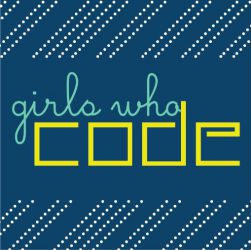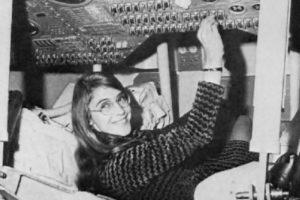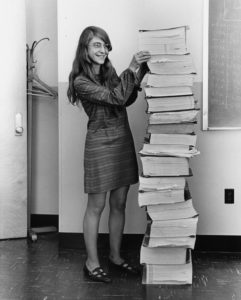If you are thinking to learn Python programming and searching for some best python books for beginners then you are surely at the right place. In this article I am sharing 5 best python books that will help you learn fundamental as well as advance topics and become a good python programmer. These books are for both new programmers and professional developers.
Learning Python, 5th Edition is written by Mark Lutz which is one of the most popular python programming book. By reading this book you will get a comprehensive, in-depth introduction to the Python language. This updated fifth edition will help you quickly write efficient, high-quality code with Python. It is an ideal book for both new programmers and professional developers versed in other languages.
Python for Data Analysis is written by Wes McKinney which guides readers about the ways in which Python can be used to analyze large sets of data. It also provides an introduction to practical data related problems and how Python language can manipulate, crunch, clean and process that data. This book uses number of case studies to make the explanations easy to understand.
Python Programming: An Introduction to Computer Science is written by John Zelle. This book is designed to be used as the primary textbook in a college-level first course in computing.
Python Cookbook is written by Brian Jones. If you need help writing programs in Python 3 or want to update older Python 2 code then this book is a good choice. Inside this book you’ll find a dozen topics covering the core Python language as well as tasks common to a wide variety of application domains.
Head First Python is written by Paul Barry. This book is a complete learning experience for Python that helps you learn the language and become a great Python programmer.






